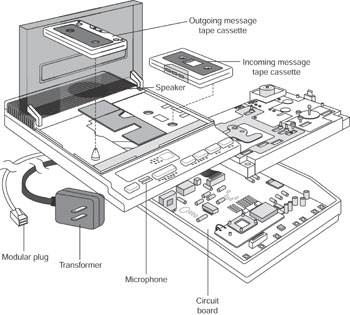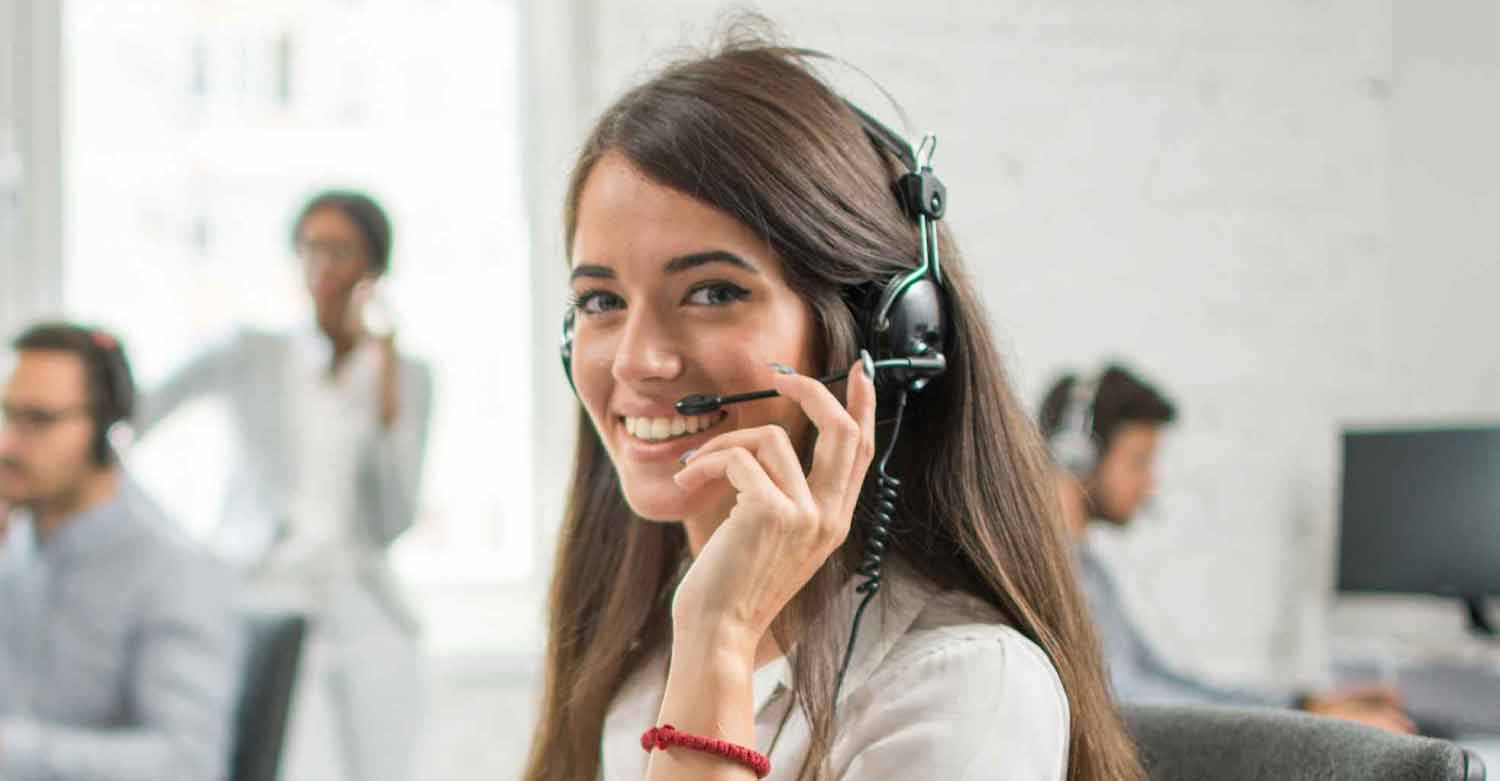All Categories
Featured
Table of Contents
- – Is It Worth Paying For What Is An Answering Ser...
- – How To Buy The Best Telephone Answering Servic...
- – A Best What Is An Answering Service? The Ultim...
- – What Is The Best Call Answering Service For S...
- – Who Is The Best What Are Call Answering Servi...
- – What Is The Best Telephone Answering Service...
Is It Worth Paying For What Is An Answering Service??
This device and its followers were developed by Sava Jacobson, an electrical engineer with a private consulting company. While early answering devices used magnetic tape innovation, most contemporary devices utilizes solid state memory storage; some devices utilize a mix of both, with a solid-state circuit for the outbound message and a cassette for the inbound messages.
"toll conserving" listed below) (phone answering). This is beneficial if the owner is evaluating calls and does not want to talk with all callers. In any case after going, the calling celebration ought to be informed about the call having been addressed (in a lot of cases this begins the charging), either by some remark of the operator, or by some greeting message of the TAD, or dealt with to non-human callers (e.
This holds especially for the TADs with digitally kept greeting messages or for earlier devices (before the rise of microcassettes) with an unique unlimited loop tape, different from a 2nd cassette, committed to recording. There have been answer-only devices with no recording capabilities, where the welcoming message had to inform callers of a state of existing unattainability, or e (telephone answering service).
How To Buy The Best Telephone Answering Service Melbourne Cbd Australia

about schedule hours. In taping Little bits the welcoming generally contains an invitation to leave a message "after the beep". An answering machine that utilizes a microcassette to tape messages On a dual-cassette answerphone, there is an outbound cassette, which after the specified number of rings plays a pre-recorded message to the caller.

Single-cassette voice mail include the outgoing message at the beginning of the tape and incoming messages on the remaining area. They first play the statement, then fast-forward to the next readily available space for recording, then record the caller's message. If there are lots of previous messages, fast-forwarding through them can trigger a substantial delay.
This beep is frequently described in the welcoming message, asking for that the caller leave a message "after the beep". Littles with digital storage for the taped messages do not reveal this delay, of course. A little bit might offer a remote control center, where the answerphone owner can sound the house number and, by entering a code on the remote telephone's keypad, can listen to recorded messages, or delete them, even when far from home.
A Best What Is An Answering Service? The Ultimate Guide - Cms

Consequently the maker increases the number of rings after which it addresses the call (typically by two, resulting in 4 rings), if no unread messages are currently stored, however answers after the set number of rings (generally 2) if there are unread messages. This enables the owner to discover whether there are messages waiting; if there are none, the owner can hang up the phone on the, e.
Some makers likewise allow themselves to be remotely activated, if they have actually been turned off, by calling and letting the phone ring a certain a great deal of times (generally 10-15). Some service providers desert calls currently after a smaller sized number of rings, making remote activation difficult. In the early days of Little bits a special transmitter for DTMF tones (dual-tone multi-frequency signalling) was regionally needed for push-button control, considering that the previously employed pulse dialling is not apt to communicate proper signalling along an active connection, and the dual-tone multi-frequency signalling was executed stepwise.
Any inbound call is not recognizable with respect to these residential or commercial properties in advance of going "off hook" by the terminal equipment. So after going off hook the calls need to be switched to appropriate gadgets and only the voice-type is immediately accessible to a human, however maybe, nonetheless ought to be routed to a LITTLE BIT (e.
What Is The Best Call Answering Service For Small Business In Brisbane On The Market Now
What if I informed you that you do not need to in fact get your device when responding to a consumer call? Somebody else will. So hassle-free, right? Addressing call doesn't need somebody to be on the other end of the line. Efficient automated phone systems can do the trick simply as efficiently as a live agent and sometimes even much better.
An automatic answering service or interactive voice response system is a phone system that communicates with callers without a live person on the line - virtual telephone answering service. When companies use this innovation, customers can get the answer to a concern about your organization merely by utilizing interactions set up on a pre-programmed call flow.
Although live operators update the customer support experience, many calls do not require human interaction. An easy documented message or directions on how a consumer can obtain a piece of info usually solves a caller's instant need - reception services. Automated answering services are a basic and effective way to direct inbound calls to the best individual.
Who Is The Best What Are Call Answering Services? - Explained Company
Notice that when you call a company, either for support or item questions, the very first thing you will hear is a pre-recorded voice welcoming and a series of choices like press 1 for customer support, press 2 for queries, and so on. The pre-recorded options branch out to other choices depending on the consumer's selection.
The phone tree system assists direct callers to the right individual or department utilizing the keypad on a mobile phone. In some instances, callers can use their voices. It's worth noting that auto-attendant choices aren't restricted to the ten numbers on a phone's keypad. Once the caller has selected their very first option, you can create a multi-level auto-attendant that utilizes sub-menus to direct the caller to the ideal type of support.
The caller does not have to interact with an individual if the auto-attendant phone system can handle their issue. The automated service can path callers to an employee if they reach a "dead end" and need help from a live representative. It is expensive to work with an operator or executive assistant.
What Is The Best Telephone Answering Services Company
Automated answering services, on the other hand, are substantially less costly and supply significant cost savings at approximately $200-$420/month. Even if you do not have actually devoted staff to handle call routing and management, an automated answering service enhances productivity by enabling your group to concentrate on their strengths so they can more effectively spend their time on the phone.
A sales lead routed to customer care is a lost shot. If a consumer who has product concerns reaches the wrong department or gets insufficient answers from well-meaning workers who are less trained to handle a specific kind of question, it can be a reason for frustration and dissatisfaction. An automated answering system can decrease the number of misrouted calls, thus helping your employees make better usage of their phone time while freeing up time in their calendar for other jobs.
With Automated Answering Systems, you can produce a customized experience for both your staff and your callers. Make a recording of your main greeting, and merely upgrade it frequently to show what is going on in your company. You can develop as lots of departments or menu alternatives as you desire.
Table of Contents
- – Is It Worth Paying For What Is An Answering Ser...
- – How To Buy The Best Telephone Answering Servic...
- – A Best What Is An Answering Service? The Ultim...
- – What Is The Best Call Answering Service For S...
- – Who Is The Best What Are Call Answering Servi...
- – What Is The Best Telephone Answering Service...
Latest Posts
Affordable Answering Service – Sydney 2150
Top-Tier Remote Receptionist with Elite Features
Most Affordable 24/7 Answering Service
More
Latest Posts
Affordable Answering Service – Sydney 2150
Top-Tier Remote Receptionist with Elite Features
Most Affordable 24/7 Answering Service